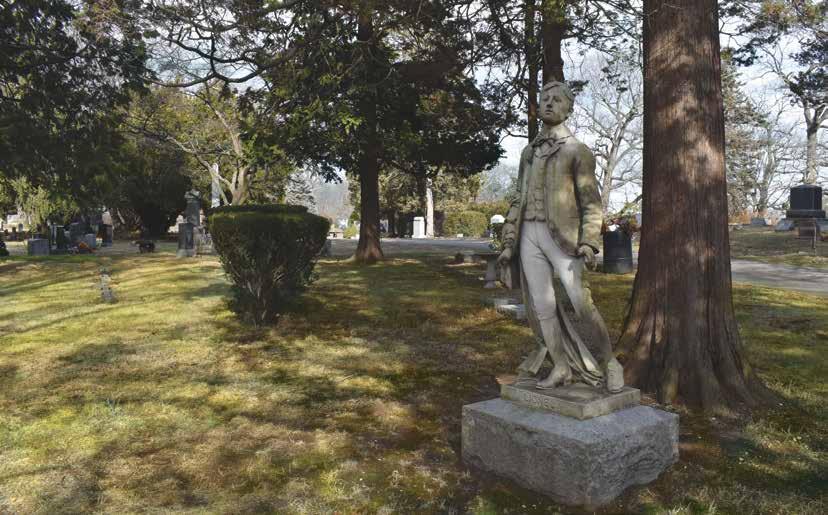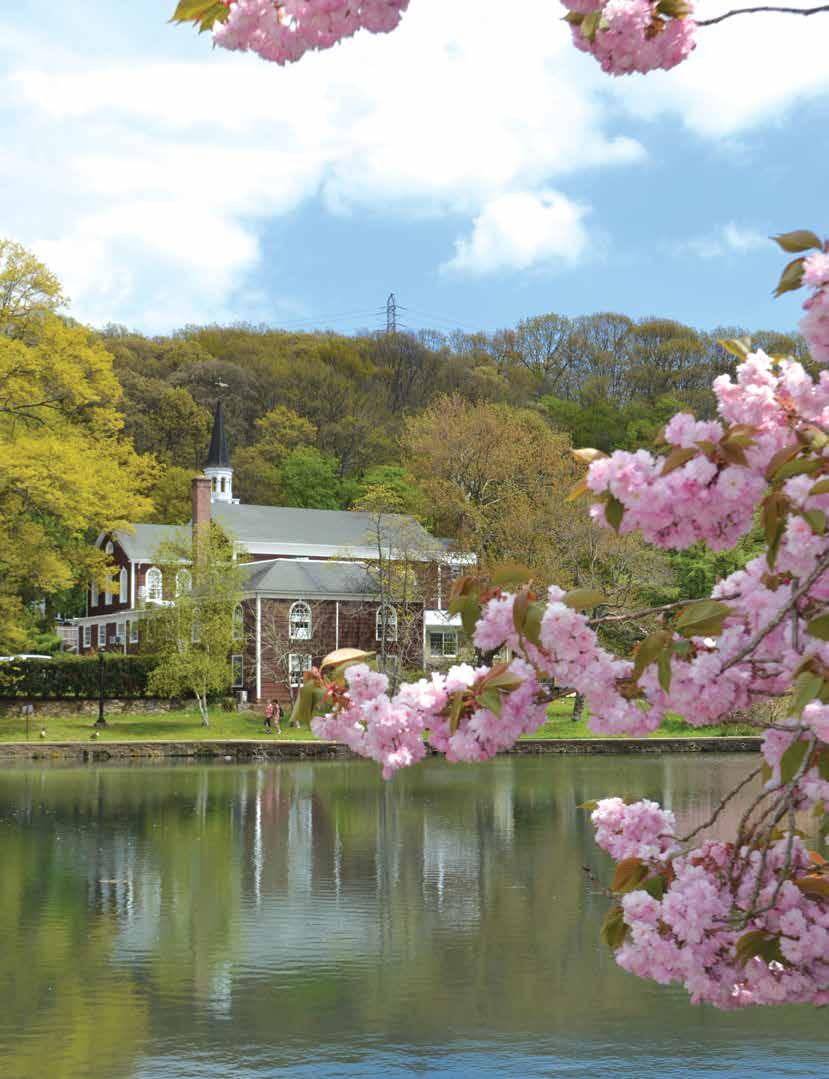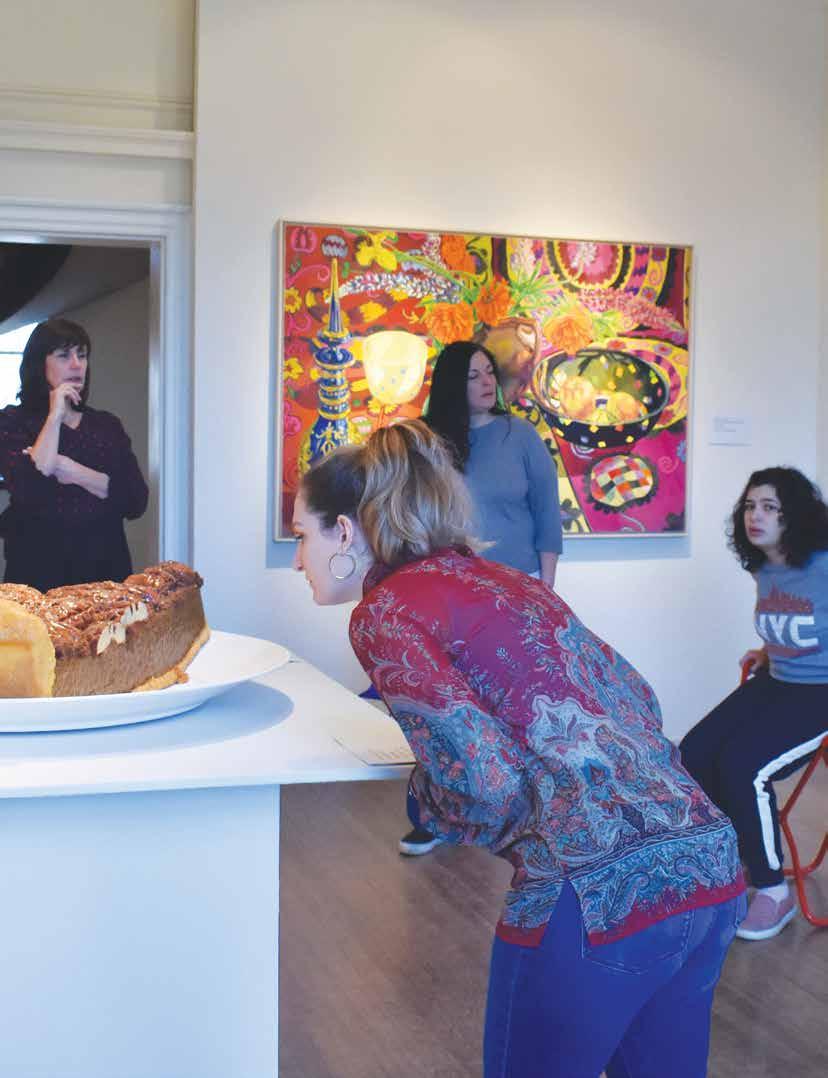
7 minute read
Raising History
The Roslyn Grist Mill circa 1905 (left) and as it is today.
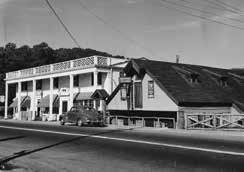
Advertisement



RESTORING HISTORY: The Story Of The Roslyn Grist Mill
By Mike Adams
(Top Left: Photo courtesy of Howard Kroplick, Top Right: Photo by Mike Adams)
At this very moment, the old Roslyn Grist Mill is sitting suspended in the air, propped up by Jenga-like towers of wooden beams four feet above Old Northern Boulevard and eight feet above where it had previously sat for decades.
When groaning hydraulic lifts hoisted the old mill into the air on Jan. 23 to lay in a new foundation, it marked a watershed moment in the decades-long struggle to restore the creaky wooden structure that played such an important role in the history of Roslyn.
For Roslyn Landmark Society President Howard Kroplick, one of the driving forces behind the restoration project, seeing the mill pass above the street for the first time in more than a century, surrounded by cameras and politicians and wide-eyed villagers, was a thing of beauty.
“It was a great day, I’m still floating from it,” Kroplick says.
Call now for membership opportunities, golf outings or for your next event
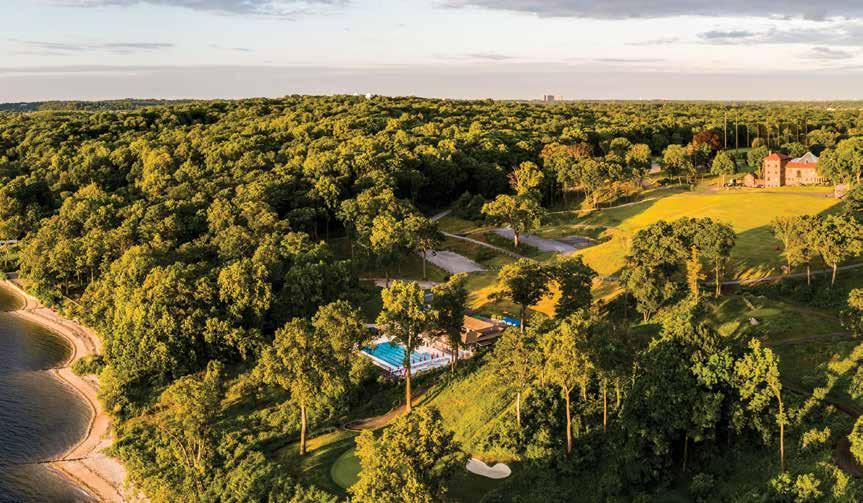


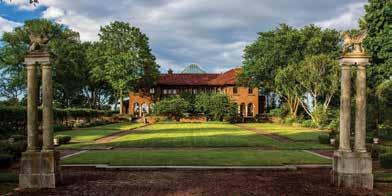

“I would constantly hear from people in the village ‘when are you going to do something about the Grist Mill?’ It’s like a tourist attraction right now, people are actually stopping and parking to look at the Grist Mill as it’s lifted. It’s very fulfilling.”
Added to the U.S. National Register of Historic Places in 1986, the grist mill stands today as one of the oldest surviving Dutch colonial commercial frame buildings in the entire country. For nearly two full centuries after its construction by Henry Onderdonk in the early 1700s, British colonists and later Americans would take their grain to the mill to be ground into flour. When the Village of Roslyn as we know it began to truly form, the grist mill was its churning, industrious heart.
“Really, the Grist Mill was the first major industrial building in the village,” Kroplick says. “The road itself, Old Northern Boulevard, back then it was called the Mill Dam. Because it really was not a road, it was a dam separated from Silver Lake. The building there was the first significant building in the village, and all the other buildings were built around it.”
The Grist Mill even found itself jotted down as a footnote in American history. Newly-minted U.S. President George Washington spent a morning at Onderdonk’s house when he embarked on a five-day tour of Long Island shortly after becoming president in 1790, and took note of the structure in a April 24 diary entry.
“Left Mr. Young’s before 6 o’clock and passing Musqueto [Glen] Cove,” Washington wrote. “Breakfasted at a Mr. Underdunck’s [sic] at the head of a little bay; there we were kindly received and well entertained. This gentleman works a grist and two paper mills, the last of which he seems to carry on with spirit.”
The mill fulfilled its intended purpose, even as it slipped further and further away from the road and surroundings buildings, until 1916, when it was converted into the Roslyn Tea House, which entertained guests well into living memory.
Nassau County bought the property in 1975 with the intention of bringing it back to its former glory. Still, funding and enthusiasm for the project were in short supply for years, and all the while those old timbers rotted more and more deeply when pitted against the waters of Hempstead Harbor. By the dawn of the new millennium, Roslyn’s old heart was a creaking, sunken eyesore.

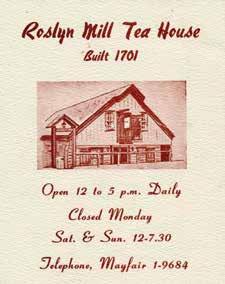

The original sign from the Roslyn Tea House (down) and as it hung outside the restaurant (top). (Photos courtesy of Howard Kroplick)
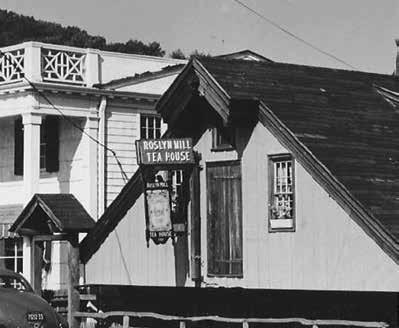
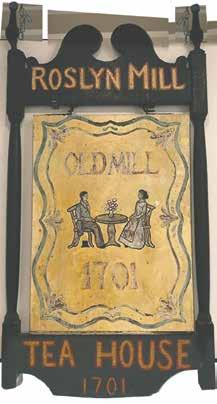
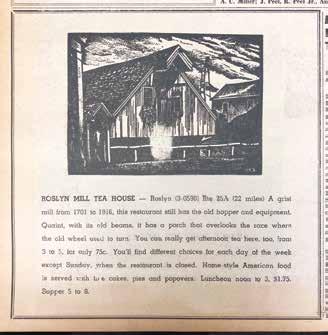




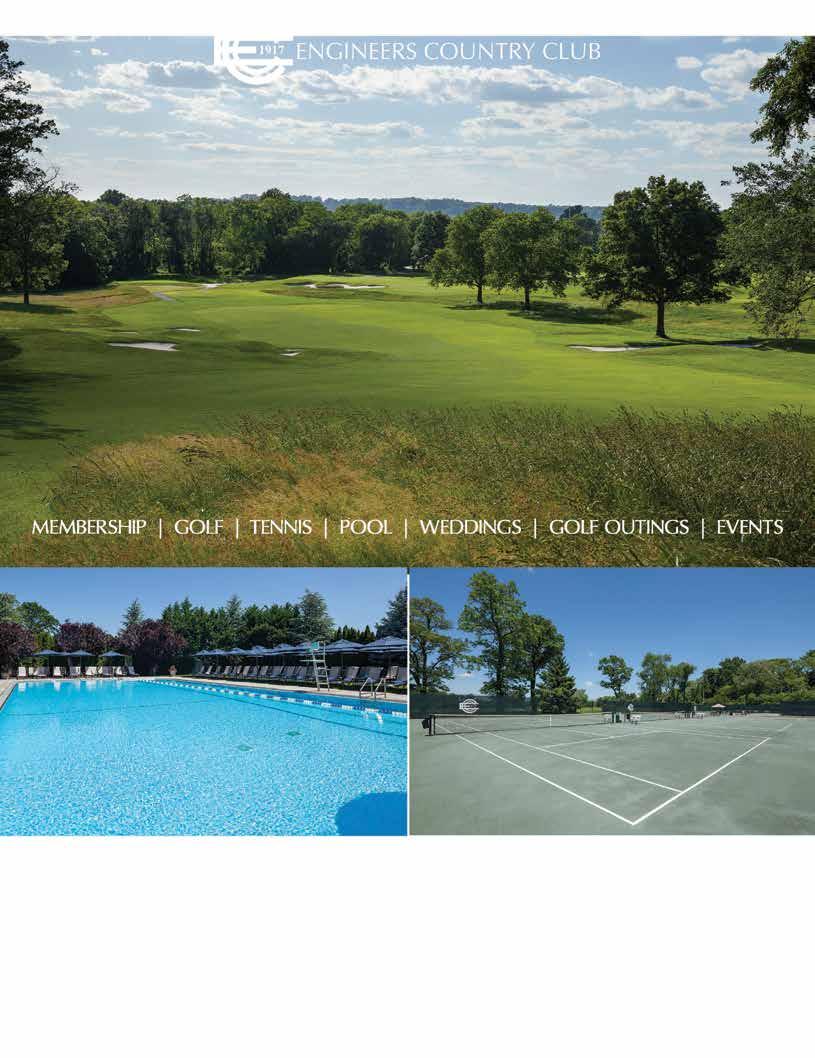
A postcard of the Roslyn Mill Tea Room (Photo courtesy of the Bryant Library Historical Collection)
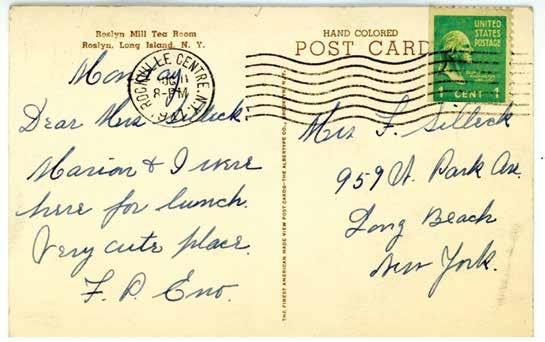

But momentum to revive the grist mill began to build. The restoration effort gained a pair of powerful allies in then-Nassau County Executive Thomas Suozzi and then-Nassau County Legislator Wayne Wink, and the closing years of the first decade of the 2000s saw some honest-to-God funds allocated for the long-stagnating project.
“When I first got to the legislature in 2007, this had been a discussion point for a long time,” Wink says. “It wasn’t until ‘09 that we were really able to firm up a funding source.”
By the time 2010 came around, Suozzi had been booted from his seat atop the county and the Great Recession was tightening purse strings everywhere. The grist mill would have to wait yet again.
“When the recession hit, everything came to a screeching halt,” Wink says. “But the plans were there, and the feasibility studies were done. So really, this moved forward by inches until we were in a position where we were able to do more.”
Even as the restoration efforts seemed dead in the water, Kroplick and company managed to hold feet to the fire. As the economy turned around again, the Landmark Society made itself a promise.
“It was around 2014 that we looked around and said we really need to be focused on the grist mill and trying to save it,” Kroplick says. “Because if we’re not going to save it, it’s never going to get saved. So we gave ourselves about two, three years to really focus on it.”
Ten years after hope for the mill seemed lost, the Roslyn Landmark Society has secured over $3 million in charitable donations and state grants to bring the building back to life.
Getting boots on the ground for the restoration in 2018 took a village of contributions. It took tireless lobbying from Suozzi and Wink and his legislative successor Delia DeRiggi-Whitten. It took countless hours of research into every detail of the mill’s history that anybody could scrounge up, including a research paper on the mill DeRiggi-Whitten’s own mother had written years ago. It took passion, enthusiasm, a lot of money and a crack team of experts.
And with at least a year of work left to go to bring the mill back to its former glory (provided the funding holds up) it’s going to take a lot more than that.


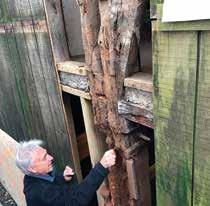
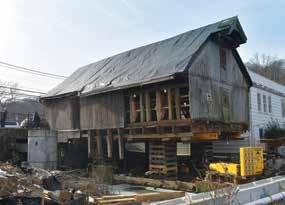
Counterclockwise, from top: The Roslyn Grist Mill being raised, the pillars of the mill’s old foundation, a stamp from the Roslyn Tea Room

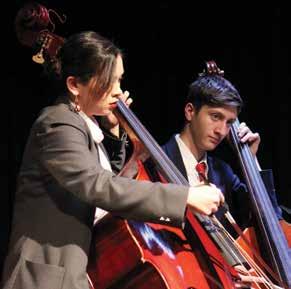



SCHEDULE A PERSONAL TOUR TODAY!
The Schools of Saint Mary Where character, leadership, and innovation inspire students to succeed in a faith-filled environment.
SAINT MARY’S ELEMENTARY SCHOOL | GRADES N-8 | 516.627.0184 SAINT MARY’S HIGH SCHOOL | GRADES 9-12 | 516.627.2711

